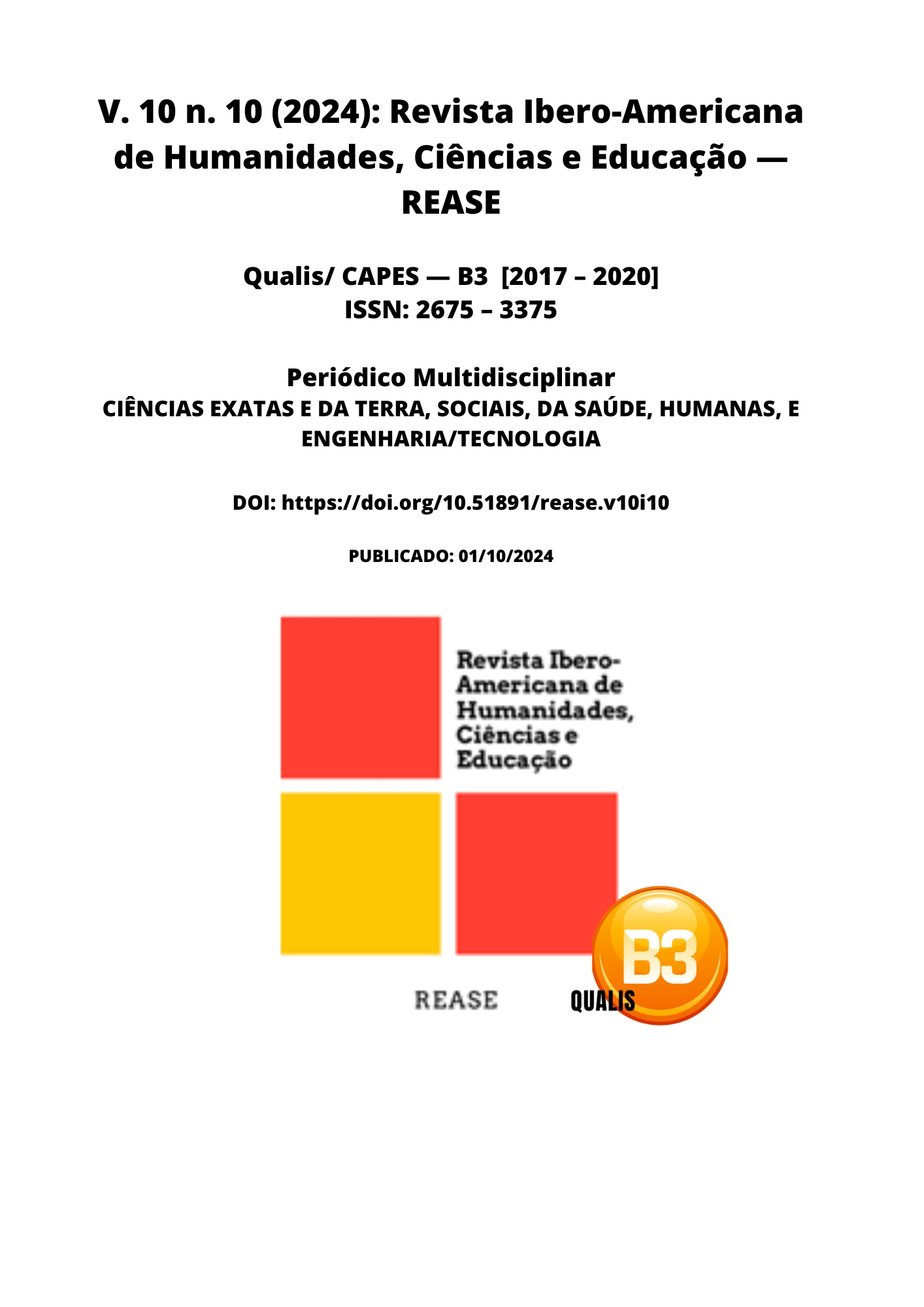AVIAN SALMONELLOSIS: LITERATURE REVIEW
DOI:
https://doi.org/10.51891/rease.v10i10.16250Keywords:
Salmonellosis. Pullorum disease. Paratyphoid.Abstract
Poultry farming in Brazil is one of the main activities in the agricultural sector, standing out as a leader in chicken meat exports. However, with the modernization and optimization of the sector, emerging diseases have gained relevance in recent years, such as avian salmonellosis. Caused by the bacteria Salmonella spp., pullorum disease and avian typhoid represent significant challenges to the economy, while paratyphoid poses a high risk to public health. Outbreaks of salmonellosis in birds can lead to substantial losses, affecting farm productivity and, consequently, the supply chain of meat and eggs. Additionally, contamination can transmit to humans, leading to severe foodborne infections. These diseases highlight the importance of implementing strict biosecurity measures and proper management to protect both the health of the flock and the food safety of the population.
Downloads
Downloads
Published
How to Cite
Issue
Section
Categories
License
Atribuição CC BY

